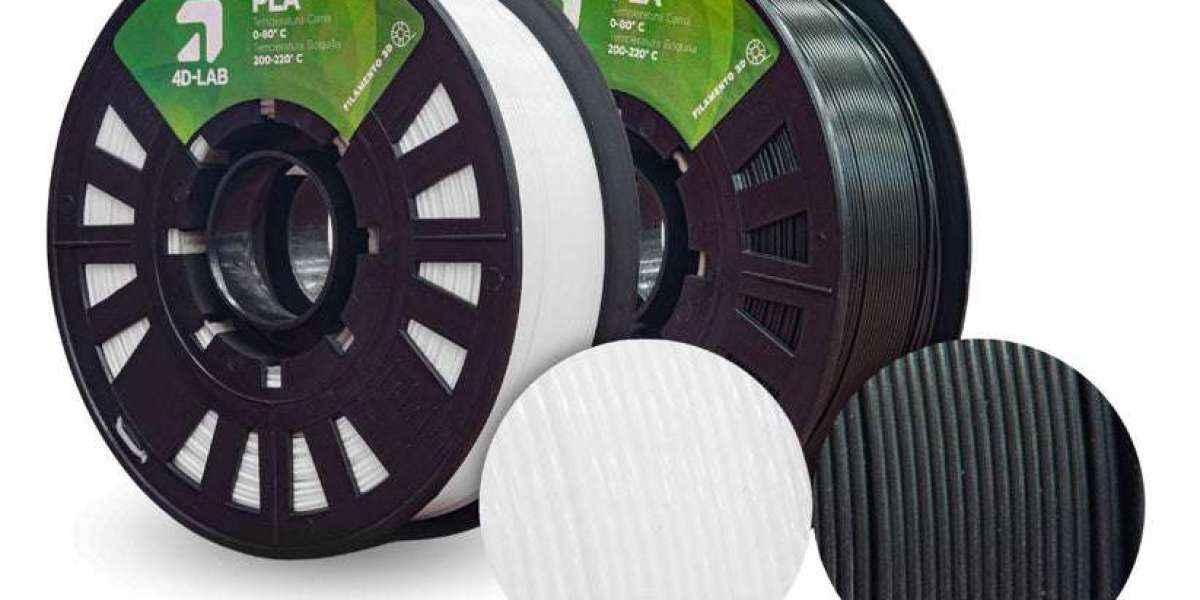Are you looking to take your 3D printing projects to the next level? If so, you may want to consider exploring the world of PLA+ filament. In this article, we will compare PLA+ filament to traditional 3D printer materials, taking a closer look at the benefits and drawbacks of each option.
What is PLA+ Filament?
PLA+ filament is one of the most popular materials used in 3D printing today. It is a type of thermoplastic derived from renewable resources such as cornstarch or sugarcane. PLA+ filament is known for its ease of use, low warping, and biodegradability. It is also non-toxic and produces minimal odor during printing, making it ideal for indoor use.
On the other hand, traditional 3D printer materials such as ABS and PETG have been widely used in the past. ABS is known for its strength and durability, while PETG offers improved heat resistance and flexibility. However, both materials can be more challenging to work with compared to PLA+ Filament, as they require higher printing temperatures and may produce unpleasant fumes.
Benefits of PLA+ Filament
Ease of Use: PLA+ filament is renowned for its ease of use, making it perfect for beginners and experienced 3D printing enthusiasts alike.
Low Warping: PLA+ filament has minimal warping during the printing process, resulting in more accurate and high-quality prints.
Biodegradability: Unlike traditional materials, PLA+ filament is biodegradable, making it a more eco-friendly option for your projects.
Non-Toxic: PLA+ filament is non-toxic and produces minimal odor when printed, ensuring a safe and pleasant printing experience.
Drawbacks of PLA+ Filament
Strength and Durability: While PLA+ filament is suitable for a wide range of projects, it may not be as strong or durable as traditional materials such as ABS.
Limited Heat Resistance: PLA+ filament has lower heat resistance compared to materials like PETG, making it unsuitable for applications requiring high temperatures.
Flexibility: PLA+ filament may be more brittle and less flexible than other materials, limiting its suitability for certain projects.
Benefits of Traditional 3D Printer Materials
Strength: Traditional materials like ABS offer superior strength and durability, making them ideal for functional parts and prototypes.
Heat Resistance: Materials such as PETG have excellent heat resistance, making them suitable for applications requiring exposure to high temperatures.
Flexibility: Traditional materials may offer better flexibility and impact resistance compared to PLA+ filament, making them suitable for a wider range of projects.
Conclusion
In conclusion, when comparing PLA+ filament to traditional 3D Printer Materials, it is essential to consider your specific project requirements and printing experience. PLA+ filament offers ease of use, low warping, and biodegradability, making it a popular choice for many 3D printing enthusiasts. However, traditional materials like ABS and PETG may provide superior strength, heat resistance, and flexibility for more demanding applications. Ultimately, the choice between PLA+ filament and traditional materials will depend on your project goals and personal preferences.








